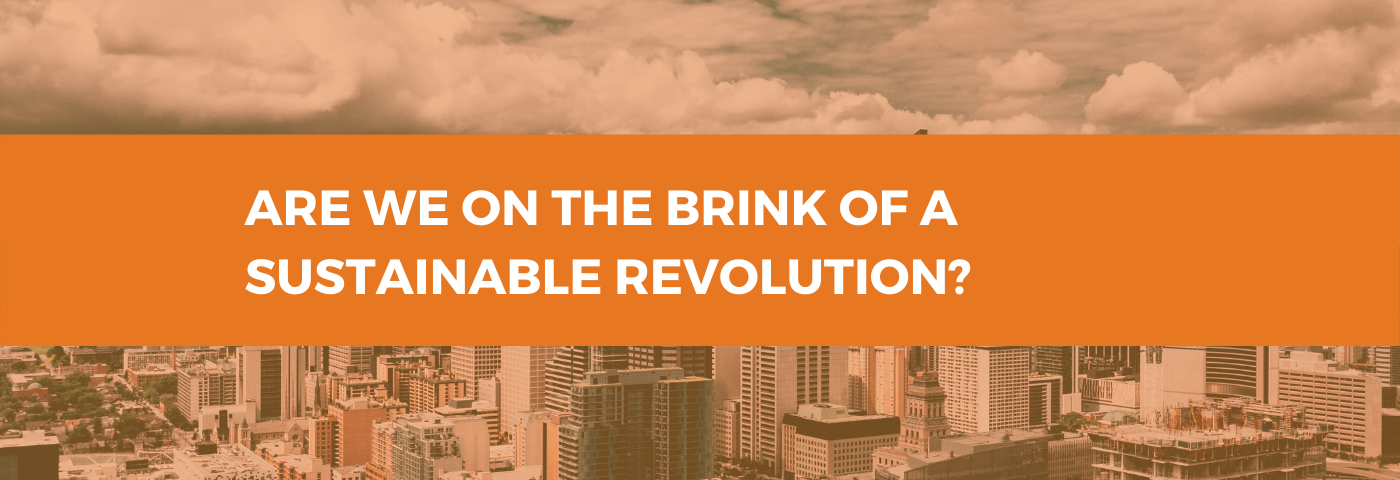
Gareth Parry, Partner in Shepherd and Wedderburn’s energy and natural resources team
The push for sustainable cities is coming from every direction – not least the need to decarbonise, increase and improve housing stock, fuel economic growth and deliver the quality of urban life we all crave.
These are all key factors as we move towards a world in which more than 75% of the population is forecast will live in and around cities. Despite these drivers, deliverability has been difficult and slow.
That said, there are some promising signs. Metrics, including the Sustainable Cities Index and decarbonisation targets, are sharpening the focus on deliverability. At the same time the advent of City Mayors and the widening of city, regional and national devolution, are catalysts driving the agenda for change.
In the UK, a key area of focus is on adapting the public realm for active transport. A recognition of the decarbonising, health and quality of life benefits this brings is reflected in the calls for 10% of Transport Scotland’s budget to be spent on active transport.
This lobbying has borne some fruit, with Transport Scotland’s active transport budget doubling to £80 million. This is welcome but still leaves us some way behind the Netherlands and other countries where decades of investment have delivered transport infrastructure that is fit for purpose.
How such measures will be delivered in the UK remains to be seen, but fewer car parking spaces in new office developments, the wider availability of LPG and electric charging stations, and a requirement from planners for measures to encourage greener transport are all pushing the agenda in a cleaner, greener direction.
We’ve already seen the significant benefits in the UK from smart LED street lighting projects, however these are ‘analogue’ changes ahead of the ‘digital revolution’ which needs to come. Photovolatic (PV) glass that converts light into electricity, unicellular algae for biofuel or even food, and external fronds on exterior walls that generate electricity by swaying in the wind could in theory convert buildings into energy centres.
We can expect lawyers will be kept busy developing the structures to determine ownership of such buildings, their energy-generating cladding and the sale of the power that is generated.
Already we’ve seen very early tests of piezoelectric active pavements that generate electricity as people walk on them. Perhaps a step too far (pardon the pun) for public pavements, but when costs eventually permit installation in airports or offices, this will be a significant milestone in the move towards sustainability.
We’ve also seen the University of Swansea, Tata Steel and BASF working together to develop heat generating ‘smart coatings’ for steel and glass. This technology could make a significant difference to the generative capacity of new builds as well as to existing buildings through retrofitting.
The recent and much publicised water shortage issues in Cape Town highlights the need for cities to tackle water sustainability while also tackling the triple challenge of providing clean water, dealing with waste water and, increasingly, dealing with excess water caused by extreme weather.
Water pricing is now forcing us to distinguish between potable (drinking) water and grey water – relatively clean water used for baths, sink taps and washing machines – but more could be done to filter and recycle grey water for domestic use. While planners will query sustainable urban drainage schemes, there is little incentive at present for developers to look at grey water usage.
Space and storage are key issues in delivering solutions, but projects such as Masdar City – the world’s first planned sustainable city in the United Arab Emirates – show that grey water recycling and rainwater harvesting could ultimately deliver efficiencies and savings if adapted alongside wider infrastructure projects.
Sustainability has long played second fiddle to other green initiatives but it is hoped that political, economic and social changes will finally provide the critical momentum needed. The question is whether these changes will be enough to turn cities into the sustainable urban equivalent of the continuous improvement in micro-chip performance as defined by Moore’s law. Time will tell.

